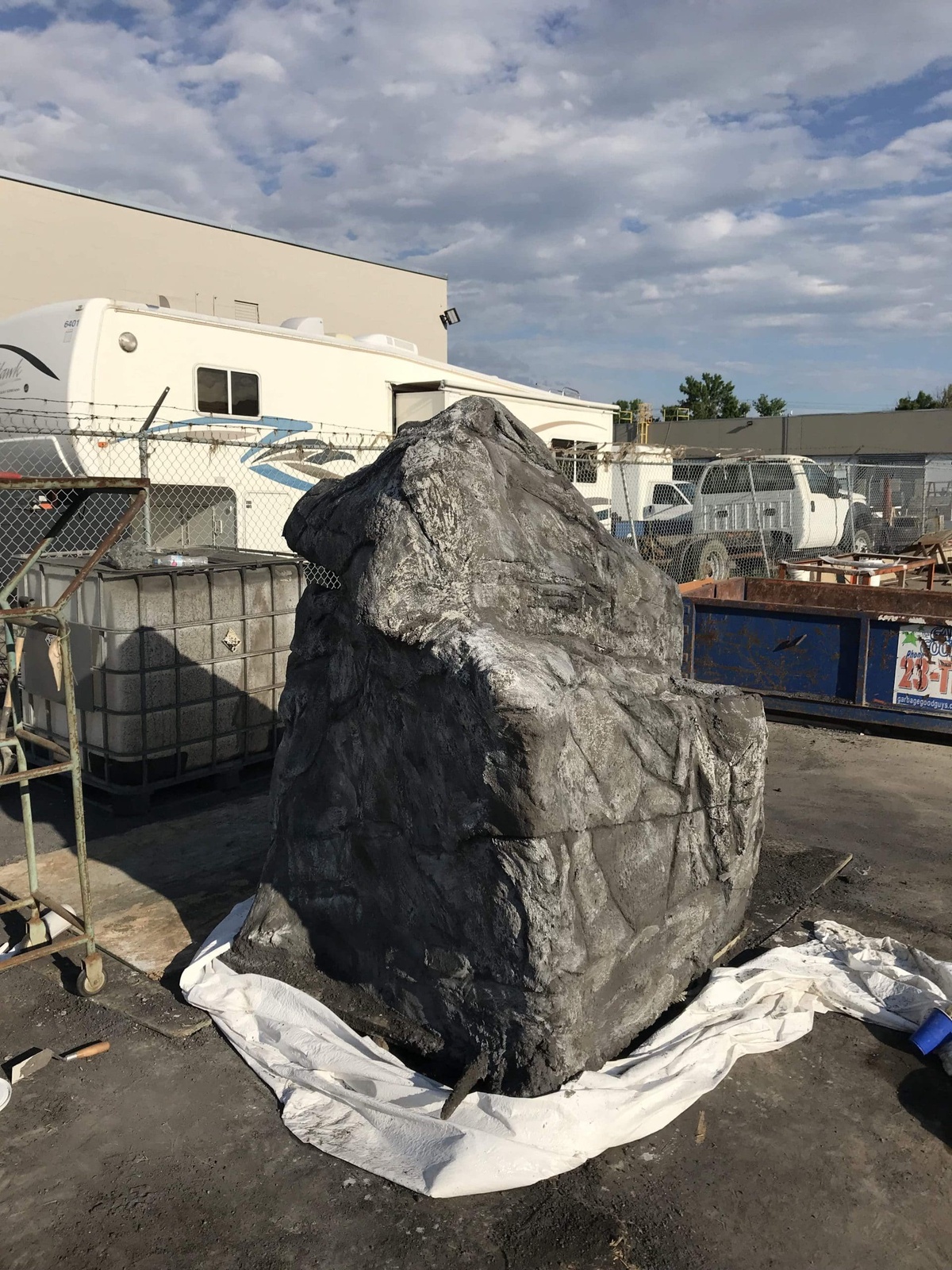A widespread problem nowadays with concrete is scaling. It occurs due to constant exposure to thaw cycles/freeze in the form of peeling or flaking of hard concrete surfaces. Many areas experience more freeze-thaw cycles due to climatic changes. Moreover, many municipalities and owners use solid salts to remove ice and snow, increasing the chances of scaling. In this article, we shall discuss how to prevent concrete scaling and flaking.
How And Why Does Scaling Occur?
When some portion of the concrete surface starts flaking or chips away, scaling exposes the gravel aggregate below it. Although light scaling does not reveal coarse aggregate particles,, severe scaling can erode surface mortar and cause coarse aggregate loss, causing a surface loss of about 20 mm.
Moreover, inadequate air-entertained concrete is also prone to scaling. Besides that, deicing and strong chemicals can increase scaling and worsen it. Moreover, poor finishing techniques (eradicating them using the SprayForce Concrete technique) can also cause scaling in the future. It should be noted that scaling usually starts in one area of concrete, but if left untreated, it may spread to other parts of concrete too.
Ways To Prevent Scaling
Concrete contractors must frequently examine different procedures to avoid issues like scaling and reduce the challenges these issues may cause. Doing so can help you address various client complaints and help prevent callbacks. Let’s dive into a few ways that can help you to enhance the quality slab-on-ground concrete profitability.
Check Your Placing And Finishing Tools
You should check for all your tools and equipment to ensure that everything is intact and worn out, especially after a busy construction season. You should look for your jitterbugs and surface rollers to ensure they are not damaged and can easily roll surfaces heavenly. You should also check for worn or broken edges of the riding towel. Moreover, keep an eye on hand tools and look for sharp edges, broken handles, worn grooves, and wear or tear.
Review Your Concrete Mix Design Order
Well-designed mixes are the foundation for durable concrete. You should work with your concrete supplier for the mixture to get a blend of mixes that can work in all temperatures and seasons.
Using water-reducing admixture can improve the scale resistance of concrete as it will reduce the amount of water needed to mix the components. This will eventually reduce the permeability and make concrete dense.
Another essential factor to consider is the proper curing of the concrete. This can be achieved by keeping the concrete surface moist for at least a week, ensuring it has maximum strength and reducing the probability of scaling.
For creating a scale-resistant concrete, it is essential to use a low w/cm ratio, proper curing, ensure maximum strength and use surface-applied hardener or sealer.
You should use air-entrained concrete meeting ACI requirements for sidewalks, exterior slabs and patios. When the total air required rises, the maximum coarse aggregate size lowers. So, before placing the project, it is essential to check if there is some air. Moreover, change in production facility conditions can also cause air content to change, especially early in the morning.
You should design a strategy for accelerators and retarders along with your producer and crew. This is because finishing teams start to work on the concrete as soon as possible. You should be very flexible while changing dosage rates, as the concrete temperature and surrounding areas can change during placement.
Review Your Placing And Finishing Procedures
Even perfectly designed concrete can have defects if it is not properly finished or placed. One of the biggest causes for scaling can be finishing concrete too early. You should allow the concrete, such as architectural concrete, to set correctly to maximize strength.
Early and improper finishing of concrete causes scaling problems. As it temporarily seals the concrete surface by trapping bleed water inside the concrete. Moreover, it can also trap air directly into the concrete surface. Both cause a weak layer of concrete that can easily be broken and is prone to scaling and other concrete-related problems.
Design Landscaping To Keep Concrete Dry
Another critical factor that causes scaling during new landscape projects or final grading is improper landscaping design that cannot keep the concrete dry. Thus proper measures should be taken to drain surface water from the slab. Moreover, saturated concrete is also prone to damaging fpm thawing and freezing compared to dry concrete.
Conclusion
To avoid issues such as scaling in concrete, you should ensure that the concrete receives proper curing. Besides that, you should check all your tools after construction projects to ensure they are still in working condition. You should also review some of your finishing and polishing procedures. Paying attention to small details can help you increase the strength of your concrete and ensure that problems like scaling do not occur in the future. This can help you improve your services and reduce customer complaints regarding issues related to concrete.


No comments yet